A few weeks ago I wrote a piece for the New York Times “At Home” section about a craft project called a “Flibber,” which you make from a few sheets of newspaper. The craft was suggested by a Times reader who fondly remembered learning how to make it from an old children’s book called How to Make Flibbers, etc. by Robert Lopshire. You can read the story here.
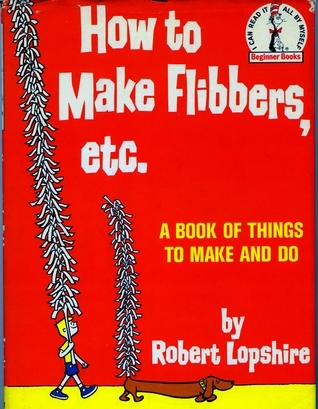
This is the same Robert Lopshire who wrote and illustrated the 1960 Beginner Books classic Put Me in the Zoo, about a magical polka dotted creature who, for some reason, wants to live in a zoo.
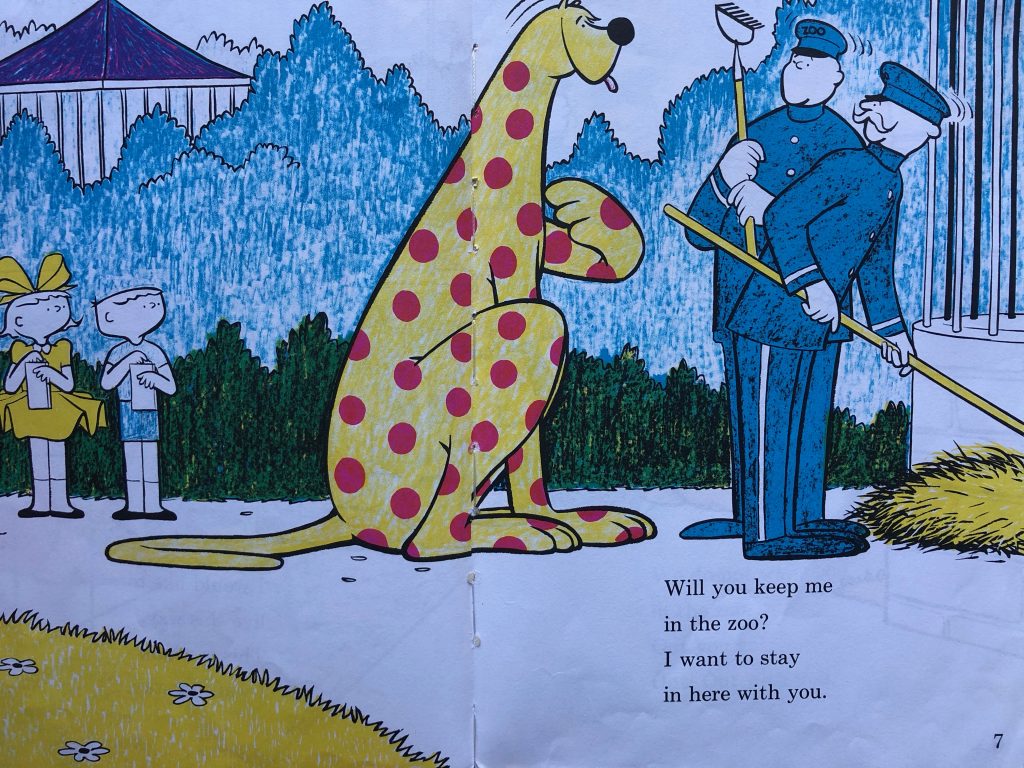
Put Me in the Zoo is a little problematic to read today, mostly because it makes no sense that this talking creature would be actively lobbying zookeepers to let him live in a cage. By the end of the book, the two kids he meets convince him that the CIRCUS is actually the place for him because he’s so good at impressing crowds with his tricks. (We’ll leave out what we now know about Barnum & Bailey.) But these points aside, it’s a charming rhyming book very much in line with other Beginner Books by P.D. Eastman and Dr. Seuss.
Then I realized that Robert Lopshire, who died in 2002, had illustrated a book that I totally loved as a kid: Big Max by Kin Platt (1965), part of the Harper & Row “I Can Read Mystery” series. Big Max was the first mystery I had ever encountered, and I was fascinated by the illustrations: the royal robes of the King of Pooka Pooka; Big Max’s bushy mustache; the palace rooms overflowing with rubies, emeralds and gold; the giant pink cake at the very end.
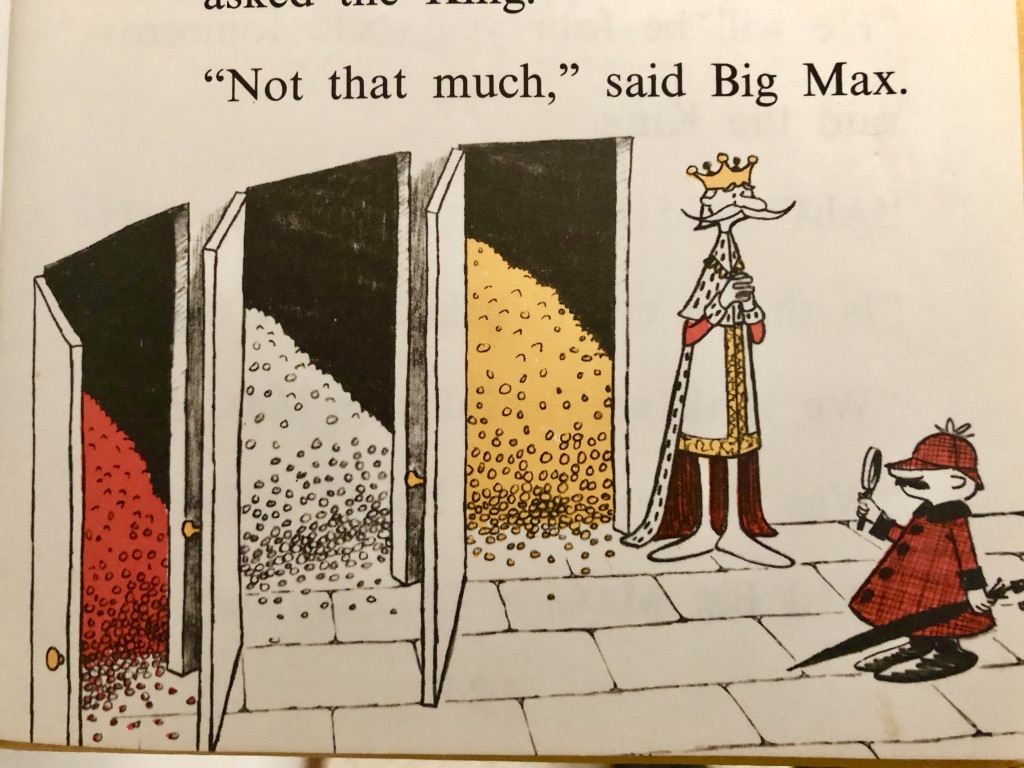
I was also rapt by the image of Big Max at home; the man lived in a disturbingly grim room with cracked walls and an old crate for furniture. Of course, now I see that Lopshire was having some fun portraying a down-in-the-dumps NYC (note the Empire State Building in the window).
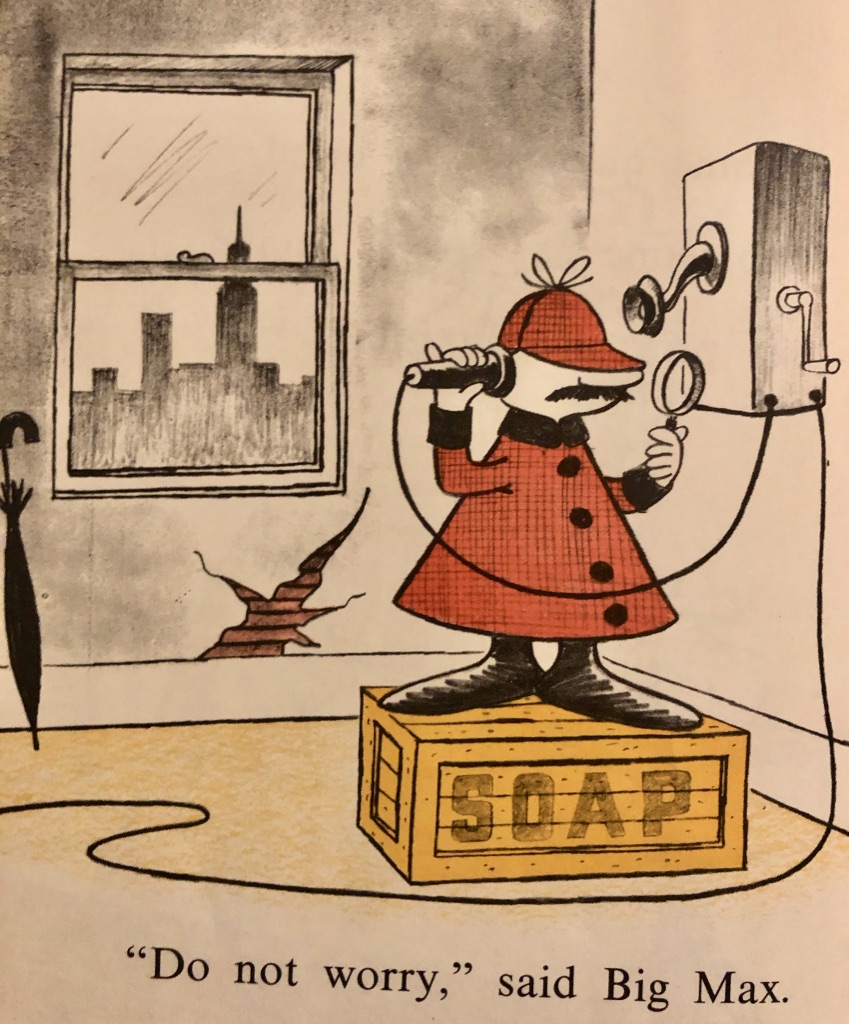
I wanted to learn more about Lopshire, but I found surprisingly little about him, not even in my ol’ reliable reference, Children’s Books and their Creators (ed. Anita Silvey). I did find a nice post in Vintage Kids’ Books My Kid Loves and also the below obituary, which revealed that Lopshire was a creative art director for Beginner Books when it first launched. And that he was a Navy Coast Guard veteran of WW2.
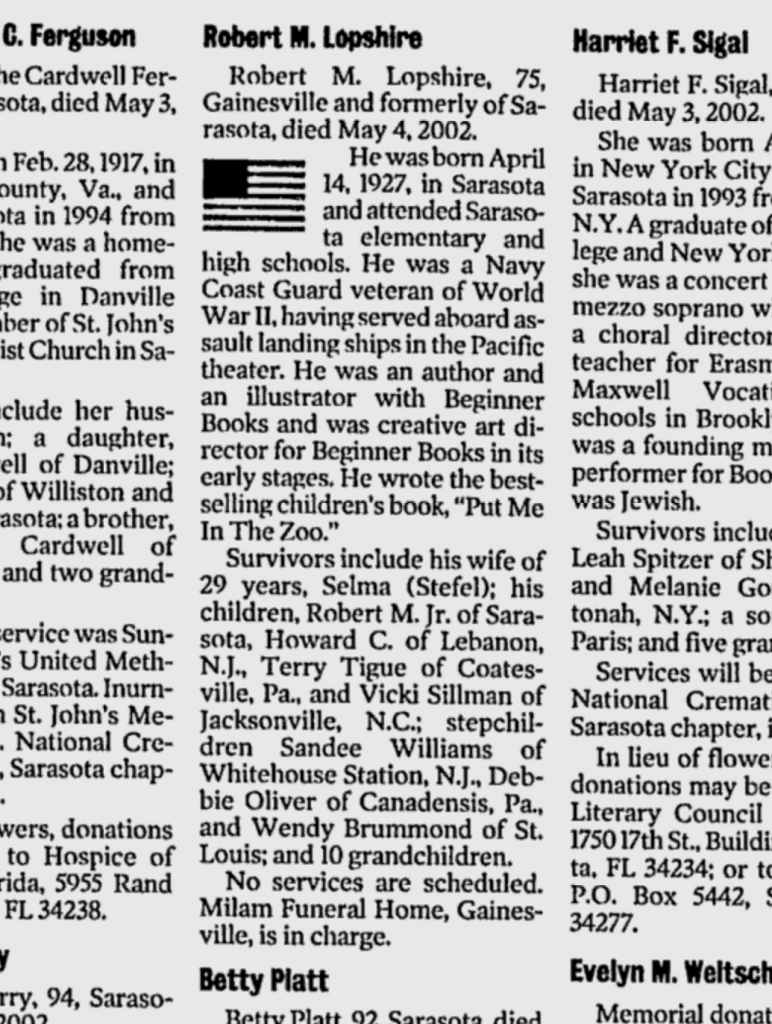
Though most of his books are long out of print, I was able to find copies of a few through my library. His Flibber book must have been a hit because he also published a followup, How to Make Snop Snappers and Other Fine Things. Both these books are fantastic. Every project requires only simple household materials, and the illustrated instructions are conveyed in the simplest and most kid-friendly way.
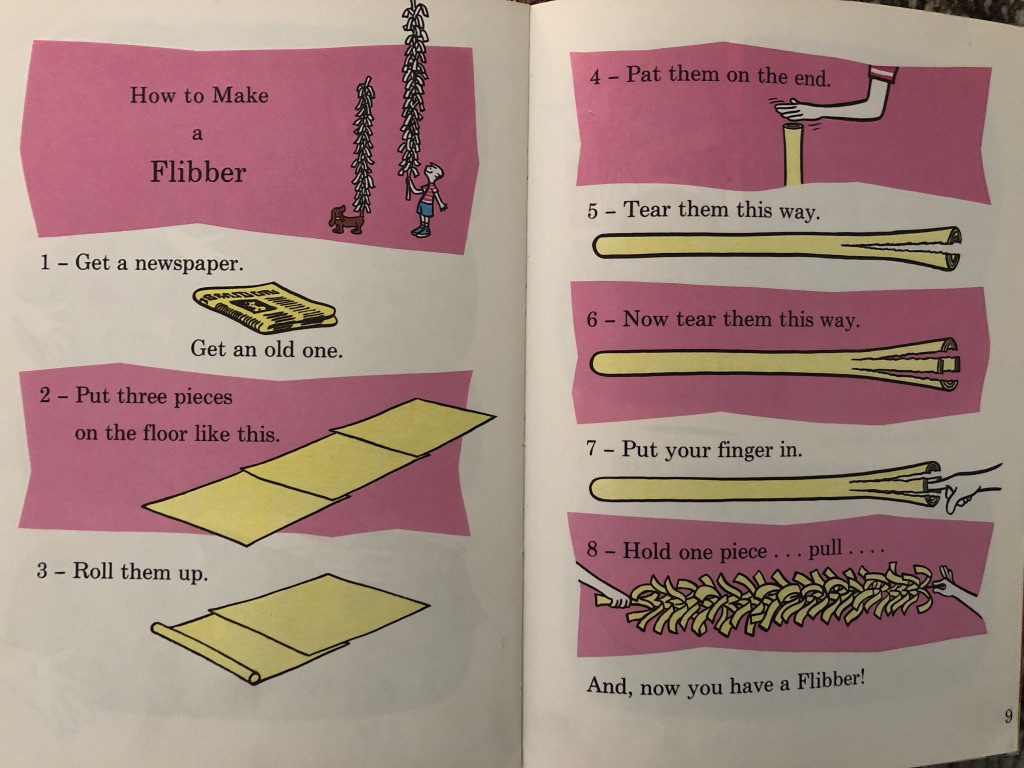
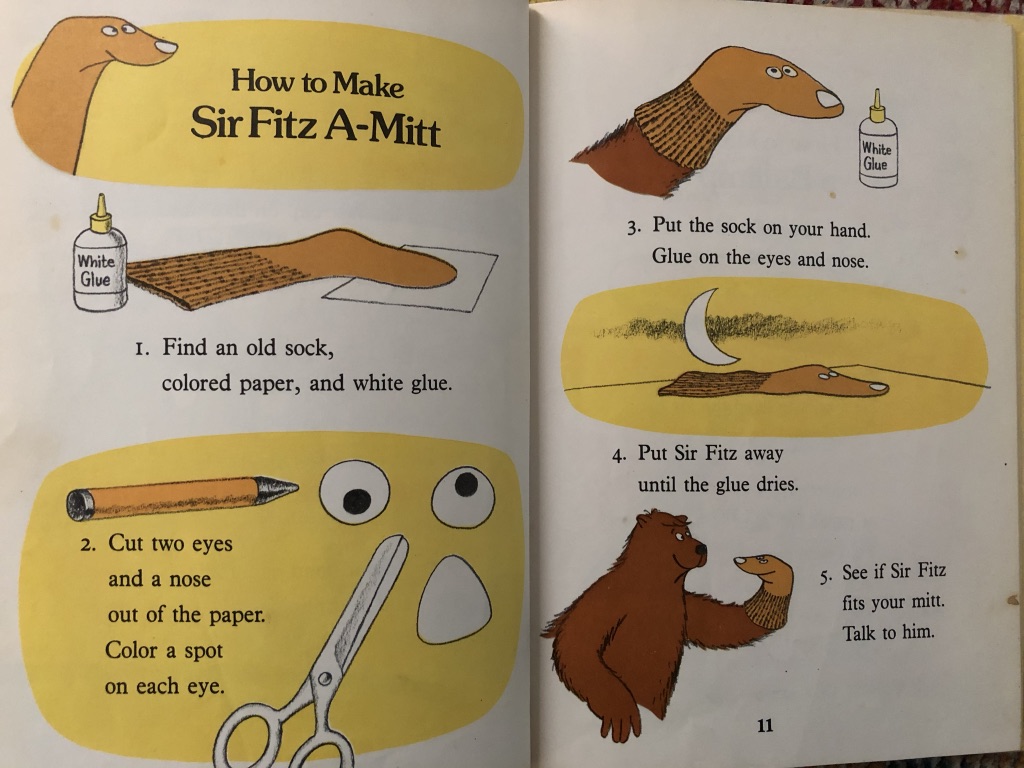
And the delightful names he gives his projects! You can make a Clompy Clown, a Link Link Chain, a Two-horned Noser, and even a Creepy Willy. (That last one sounds alarming but is basically a bent strip of paper that “creeps” when you blow it across the floor.)
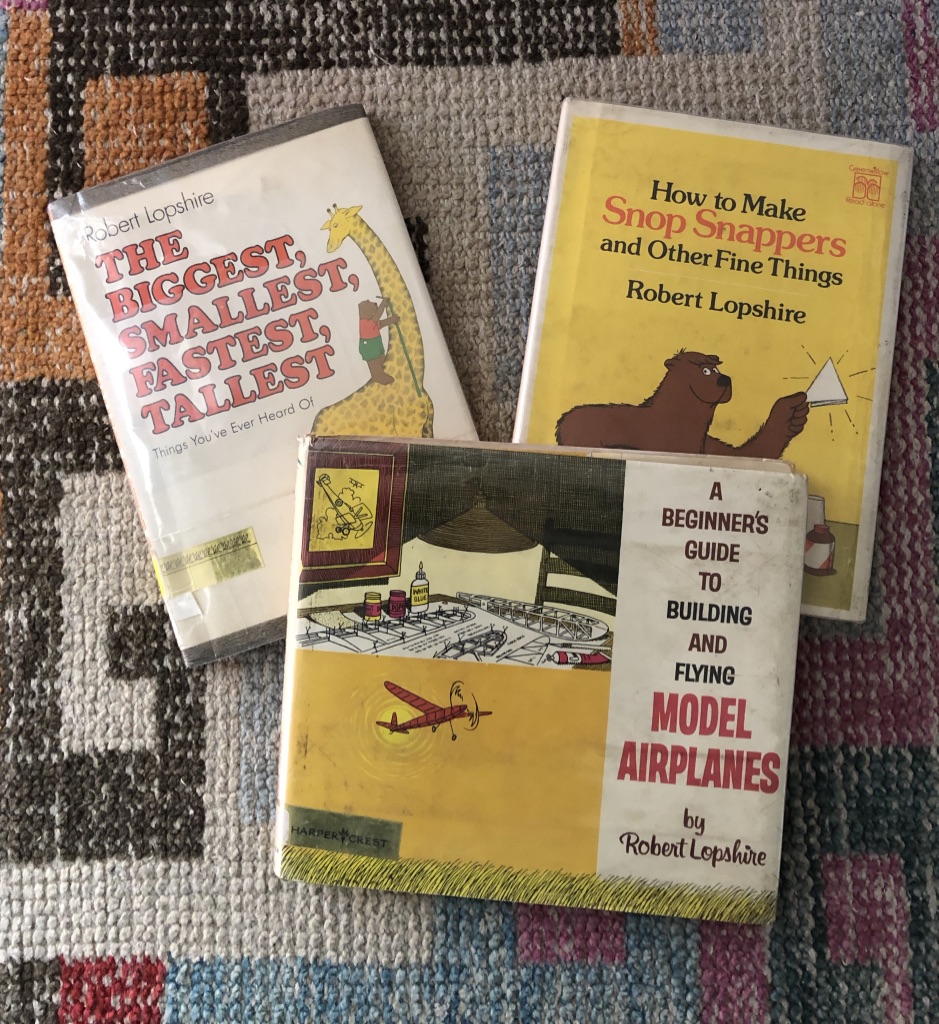
Still, I would daresay that Lopshire’s magnum opus is his A Beginner’s Guide to Building and Flying Model Airplanes (1967). Ostensibly for children, it’s an exhaustive and authoritative 128-page book that guides you through everything from soldering metals to the ins and outs of different woods to troubleshooting battery-powered engines. This book was obviously written with a true passion for model planes and also for sharing knowledge.
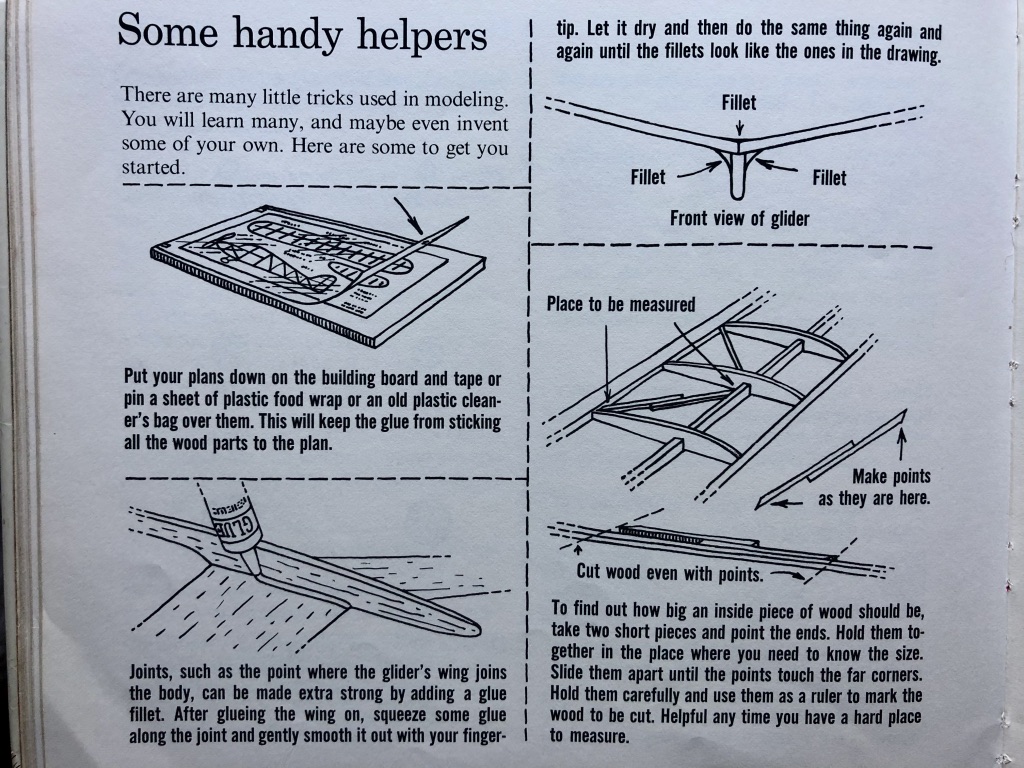
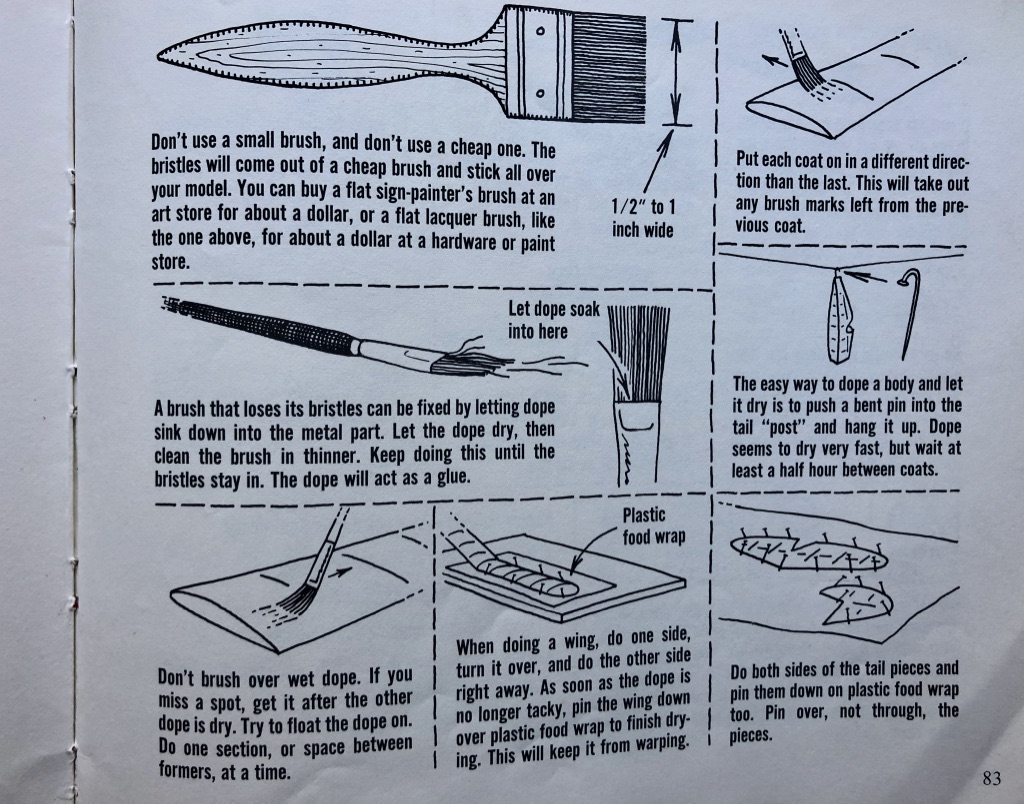
I also stumbled onto a cool little piece of the Lopshire puzzle. In this 1974 New York Times story about a world championship for model airplane enthusiasts (“World’s Top‐Flight Modelists Vie at Lakehurst”) he’s identified as “a children’s writer who is the spokesman for the Academy of Model Aeronautics.”
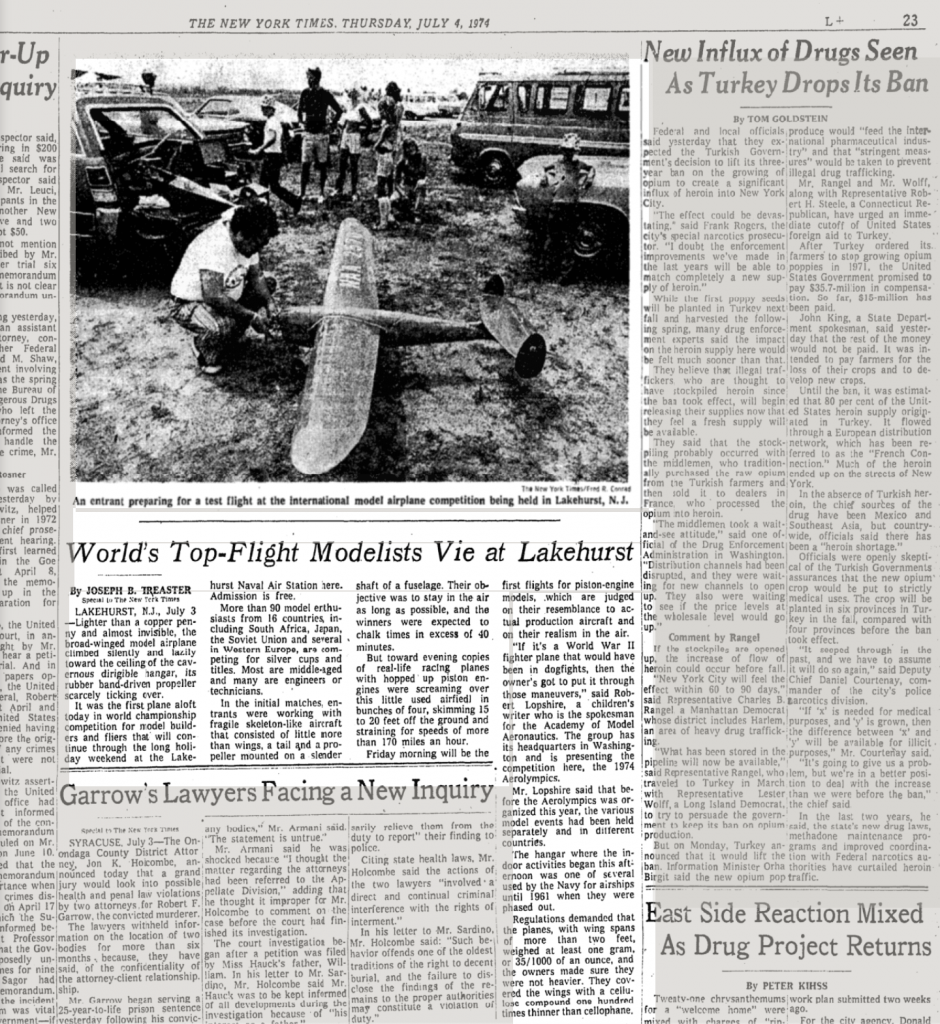
Used copies of Lopshire’s model airplanes book start at about $100 on Amazon. I loved reading the comments from readers (who seem to be primarily older men, as you’d expect) who remember this book with so much affection.
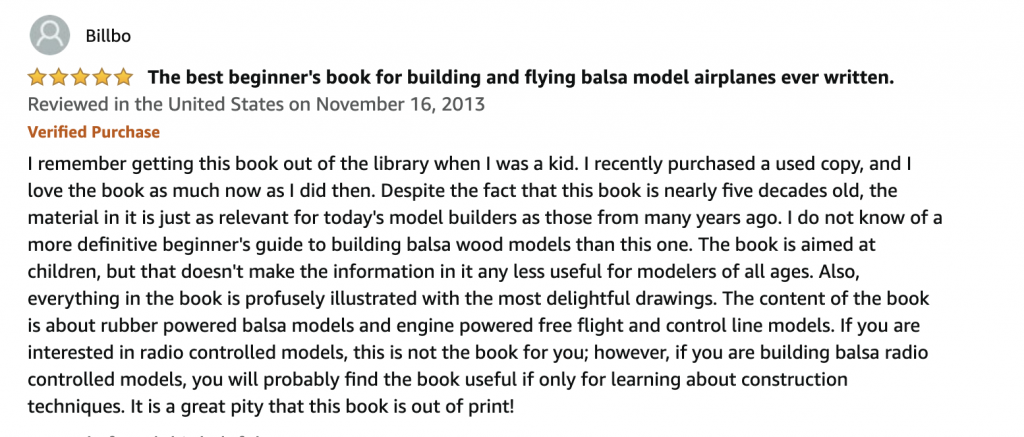
I keep thinking that Lopshire must have been an amazing dad who not only had appreciation for funny picture books but relished breaking out the tool kit and making things with his kids.
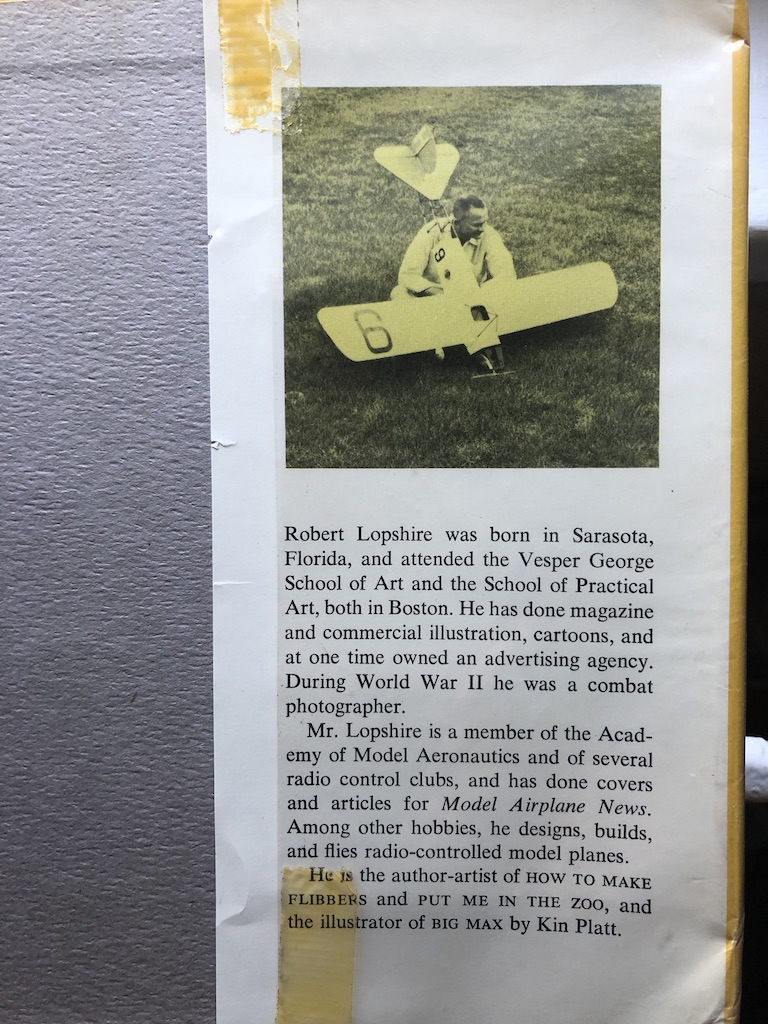

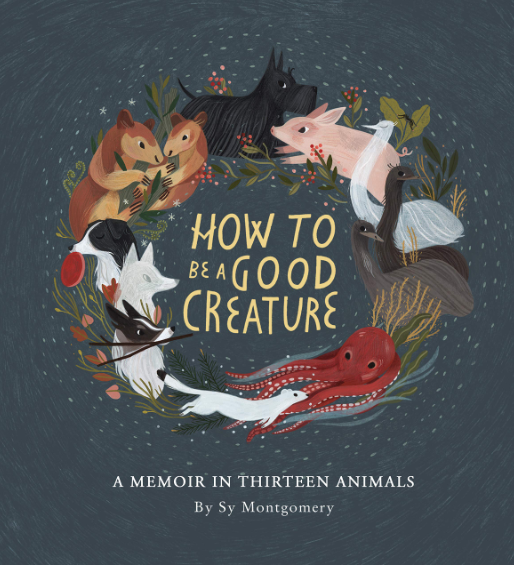 Who is this extraordinary book for, exactly? It’s hard to say.
Who is this extraordinary book for, exactly? It’s hard to say.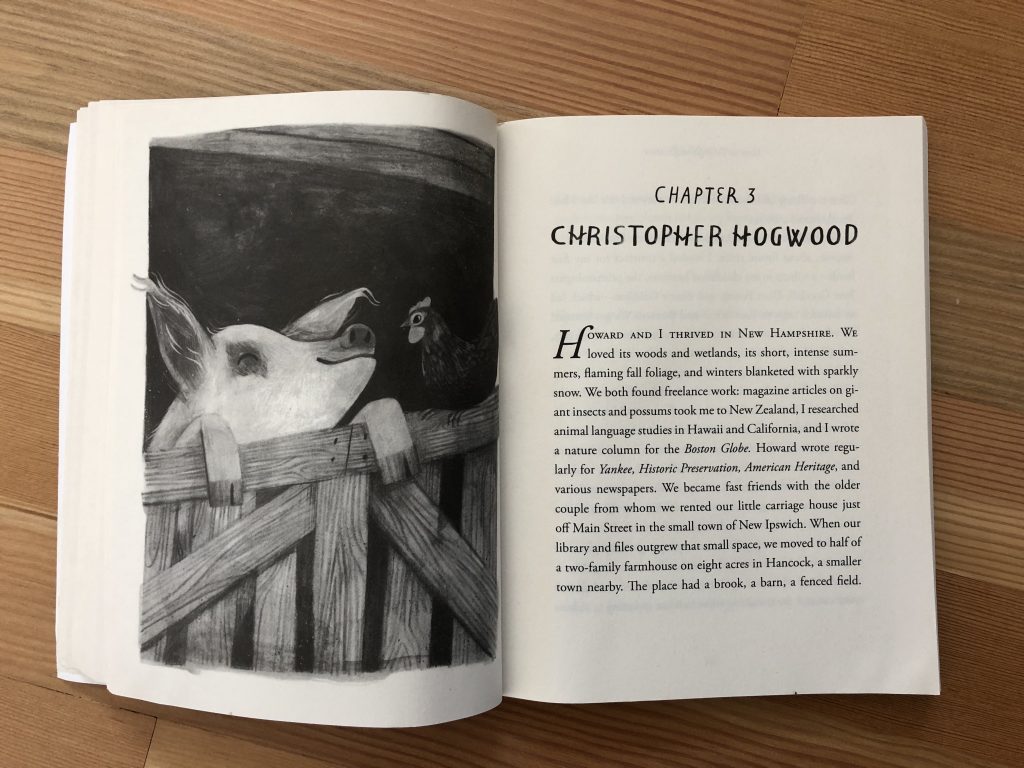 But as I read it, I started to wonder.
But as I read it, I started to wonder.